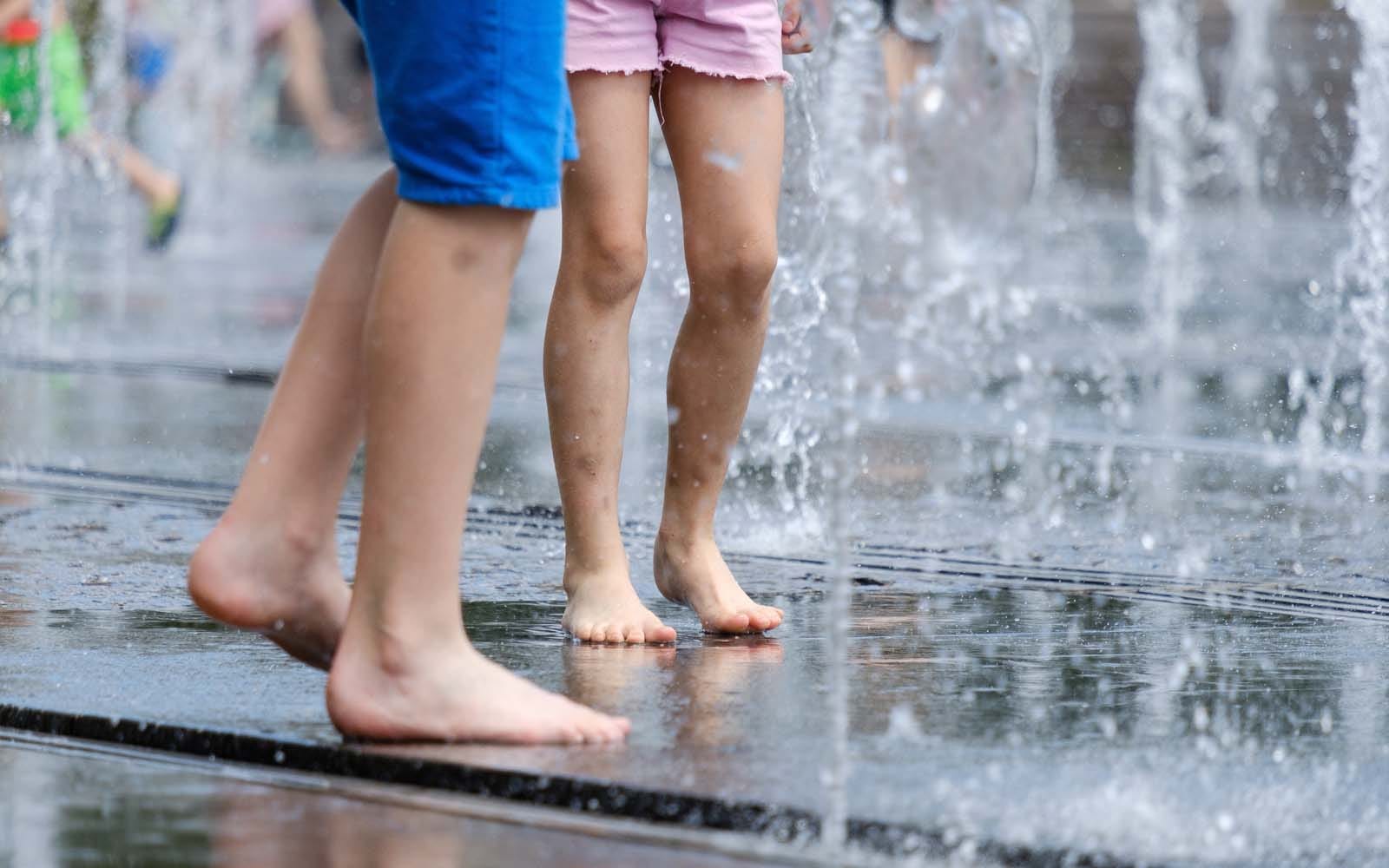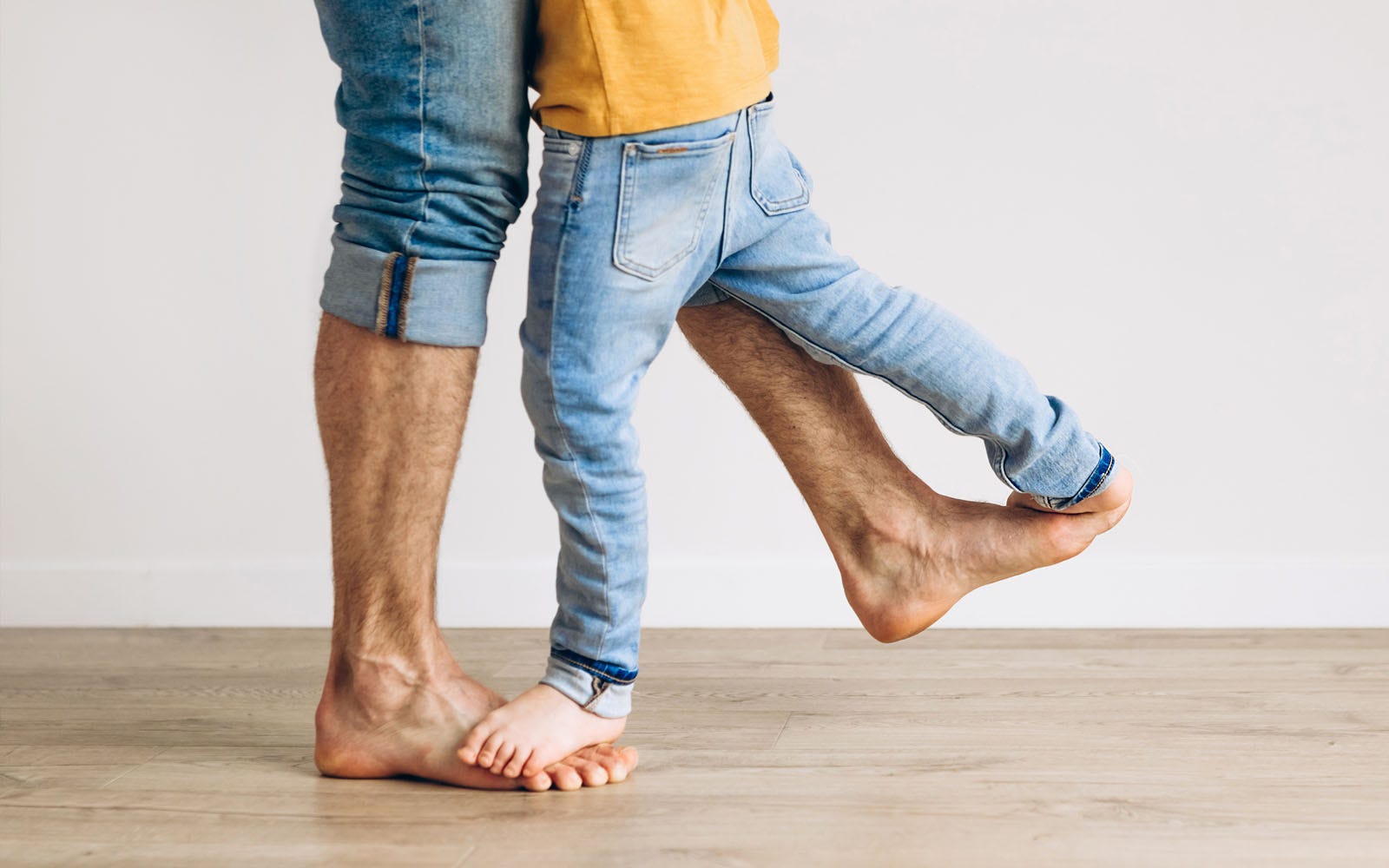Warts are a common skin condition that many people encounter at some point in their lives. But what happens when you leave warts untreated?
This article aims to shed light on this question and provide information on effective wart removal methods.
Understanding the potential consequences of untreated warts is important, especially considering that they affect people of all ages, including children.
Understanding Warts
Warts are small, rough growths that can appear anywhere on the body. They are caused by the human papillomavirus (HPV), a group of more than 100 related viruses.
Different strains of HPV cause warts on different parts of the body. For example, some types of HPV cause warts on the feet, while others cause warts on the hands, elbows, or face.
Warts can vary in appearance, and the type of wart depends on where it is located on the body and how thick the skin is in that area.
To learn more about warts and what they might look like, read our page, "What is a Wart?"
What Happens When You Leave Warts Untreated?
While warts are generally harmless, untreated warts can leave to several complications.
Growth and Multiplication of Warts
Firstly, untreated warts can grow and multiply. This process can be gradual, and you might not notice the spread until multiple warts have formed. This is particularly true for common warts and plantar warts, which can form clusters if left untreated.
This is because the virus that causes warts, the human papillomavirus (HPV), is highly contagious and can spread easily through direct contact. The HPV virus causes skin cells to proliferate at an accelerated rate, leading to the formation of a wart.
The growth and spread can vary widely depending on several factors. For instance, individuals with a weakened immune system may find that their warts grow and spread more quickly.
The location of the wart can also influence its growth. For example, warts on the soles of the feet (plantar warts) often grow inward due to the pressure exerted on them when standing or walking, which can make them appear to grow more slowly.
To learn more about the factors that can affect the spread of warts, read our article, "When are Warts not Contagious?"
Potential for Spread to Other Parts of the Body
While it's well-known that warts can spread to other people, it's less commonly known that warts can also spread to other parts of the same individual's body.
If a person with a wart on their hand, for example, frequently touches other parts of their body, they may find warts developing in those areas as well.
This autoinoculation can lead to the appearance of warts in unexpected areas. For instance, a person who bites their nails or has a habit of picking at their warts could inadvertently spread the virus to their face or mouth. Similarly, a person who shaves over a wart could spread the virus to other parts of their body.
This is why it's important to avoid touching warts, whether they're on your body or someone else's. It's also recommended to avoid using the same personal items, like towels or razors, as a person with warts.
These precautions can help prevent the spread of the virus and the formation of new warts.
Discomfort and Pain From Warts
The growth of warts can also lead to discomfort, especially if they're located on areas of the body that are subject to pressure or friction, like the soles of the feet or the hands.
Plantar warts can be particularly uncomfortable. Because they're located on the soles of the feet, they bear the full weight of the body when standing or walking, which can cause pain and tenderness. To learn more about plantar warts, read our article, Get rid of plantar warts for good.
Similarly, warts located on the hands can cause discomfort, especially if they're located on or near the fingers' joints. The friction from daily activities can cause these warts to become irritated and painful.
Wart Removal Methods
Now that we understand what happens when you leave warts untreated, let's discuss wart removal.
There are several methods available, including over-the-counter treatments, cryotherapy, and surgical removal.
Over-the-counter treatments often contain salicylic acid or lactic acid, which works by gradually peeling off the wart. These treatments can be effective, but they require patience, as it can take several weeks for the wart to completely disappear.
Cryotherapy, or freezing, is another common wart removal method. This treatment usually involves applying liquid nitrogen or dimethyl ether to the wart, causing it to freeze and fall off.
Cryotherapy is usually done in a doctor's office. However, some over-the-counter treatments are freezing sprays based on cryotherapy technology used by health professionals.
Surgical removal is typically reserved for large warts or warts that have not responded to other treatments. This procedure involves cutting off the wart or destroying it with an electric needle. Surgical removal can leave a scar and has a risk of infection.
When to See a Doctor
It's important to know when to seek professional medical help for warts. If your warts are causing great pain, rapidly multiplying, in a sensitive area, or not responding to over-the-counter treatments, it's time to consult a health professional.
Your doctor can give you advice on appropriate treatment options and help prevent potential complications.
Moreover, if you notice any changes in the colour, size, or shape of your wart, it's crucial to seek medical advice immediately. These changes could be a sign of complications that need immediate attention.
While warts are generally harmless, leaving them untreated can lead to growth and spread, as well as discomfort or pain, and potential skin discoloration. Therefore, it's important to consider prompt wart removal if you have warts.
It’s always best to consult with a health professional before starting any treatment. Understanding what happens when you leave warts untreated is the first step towards managing this common skin condition effectively.
To explore our range of effective wart removal products, visit our product page.



